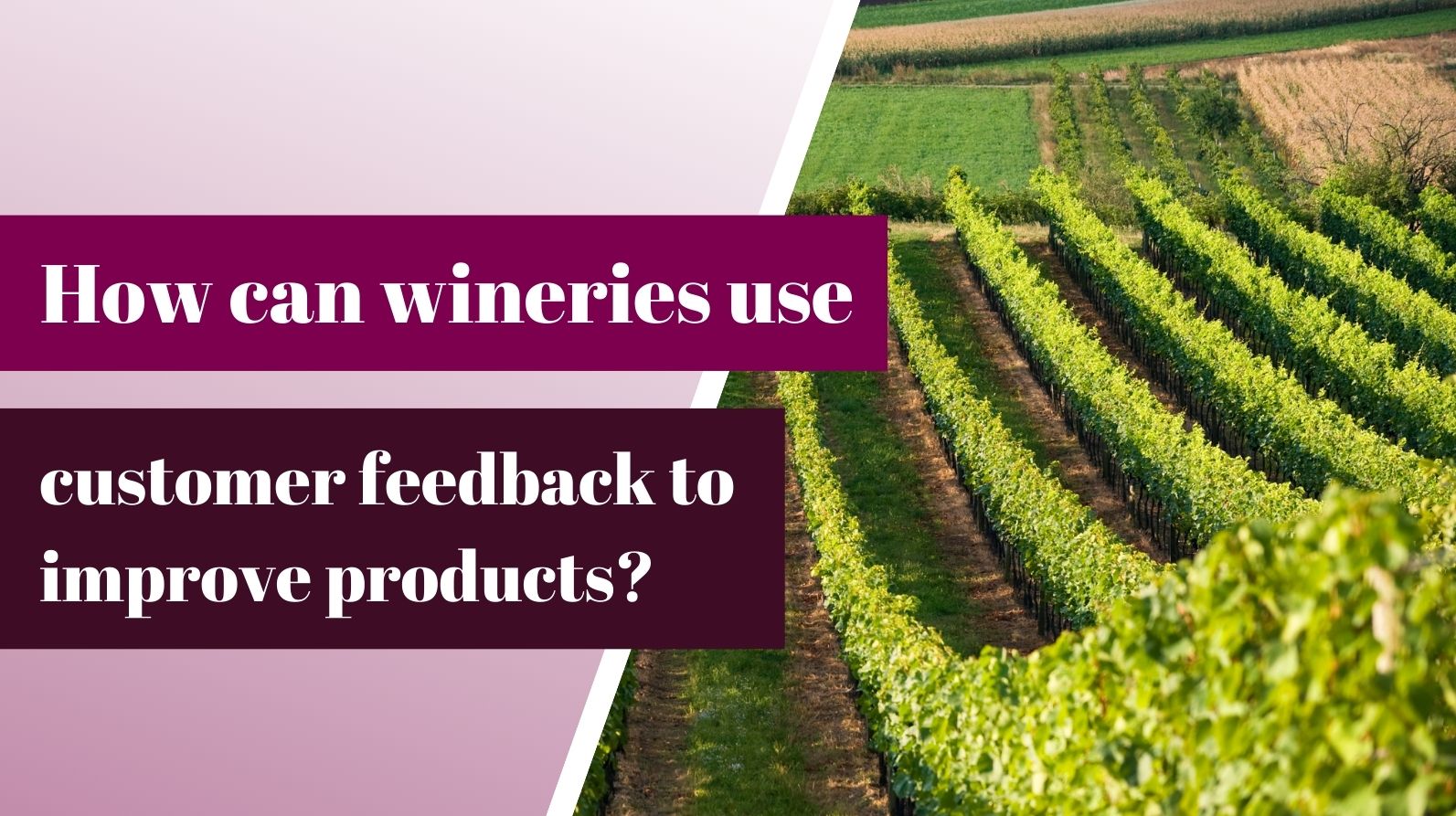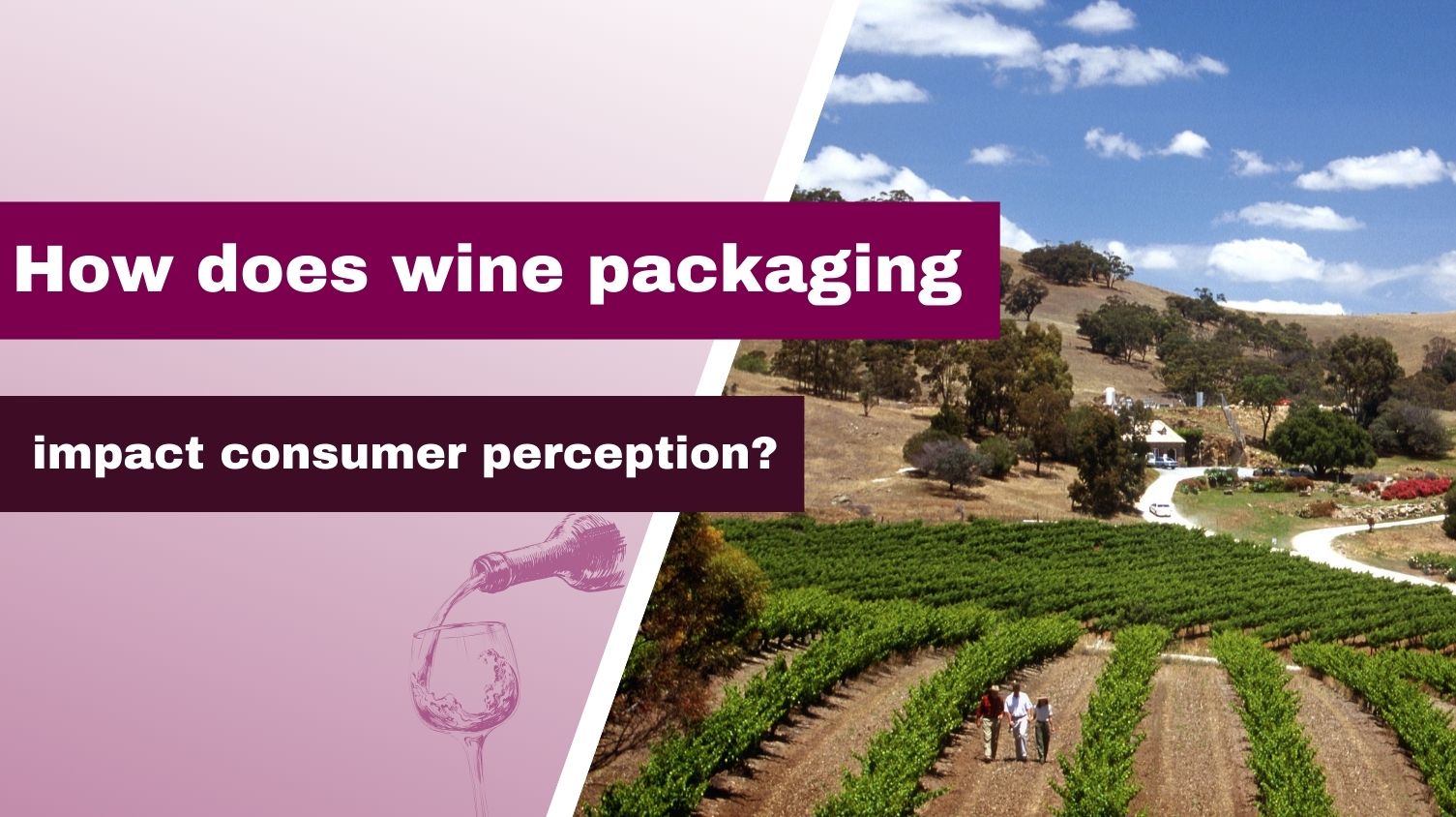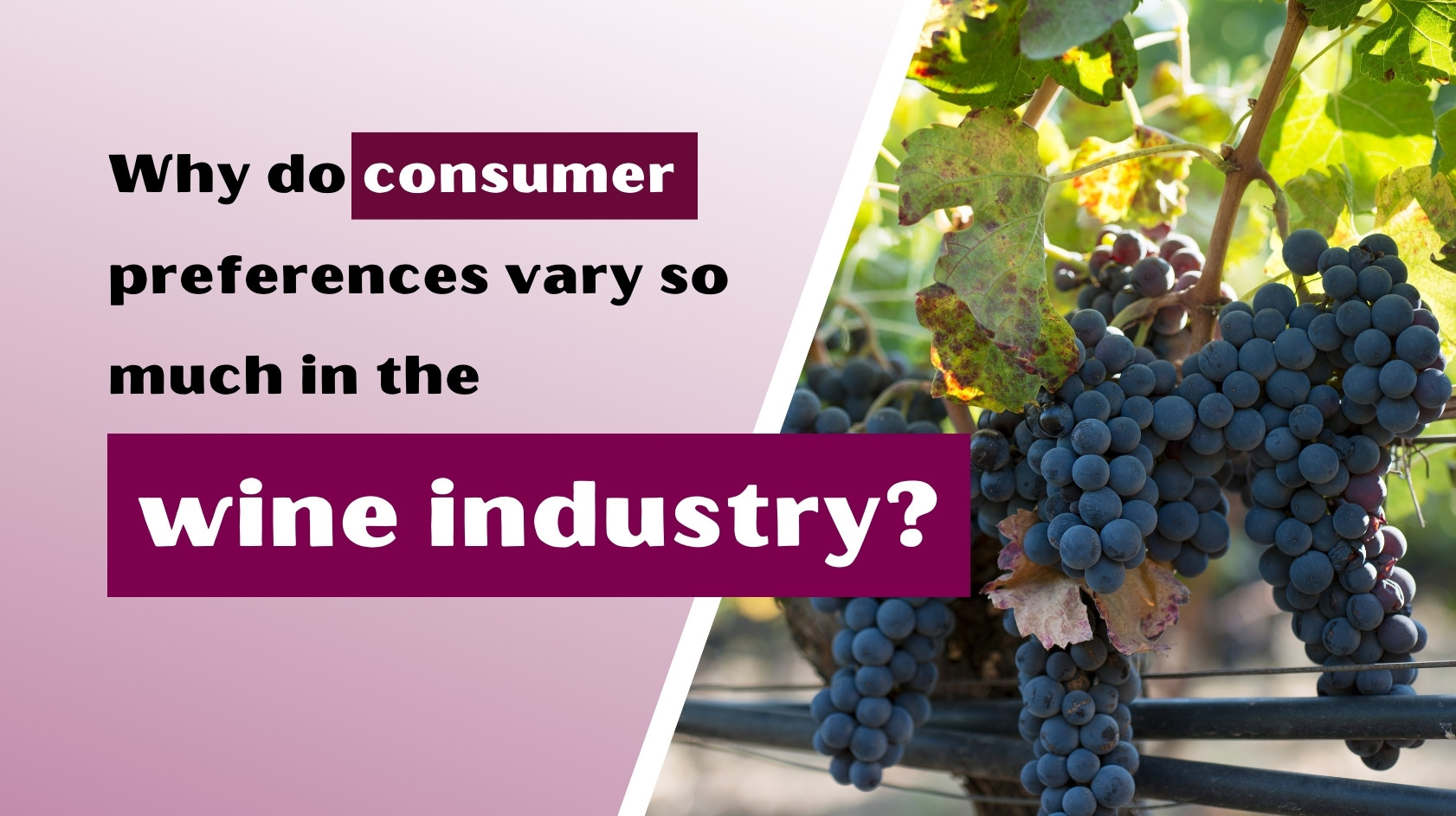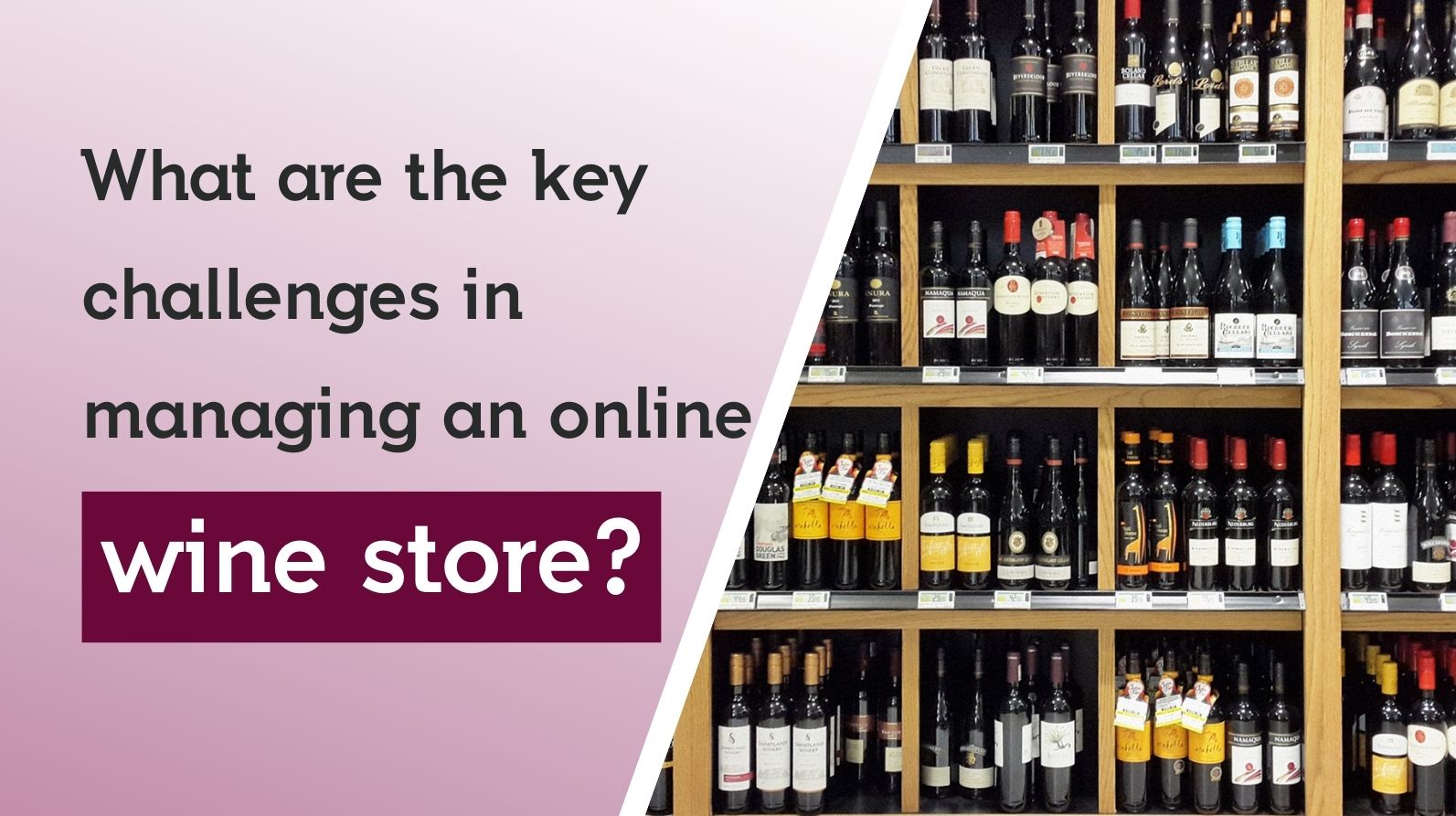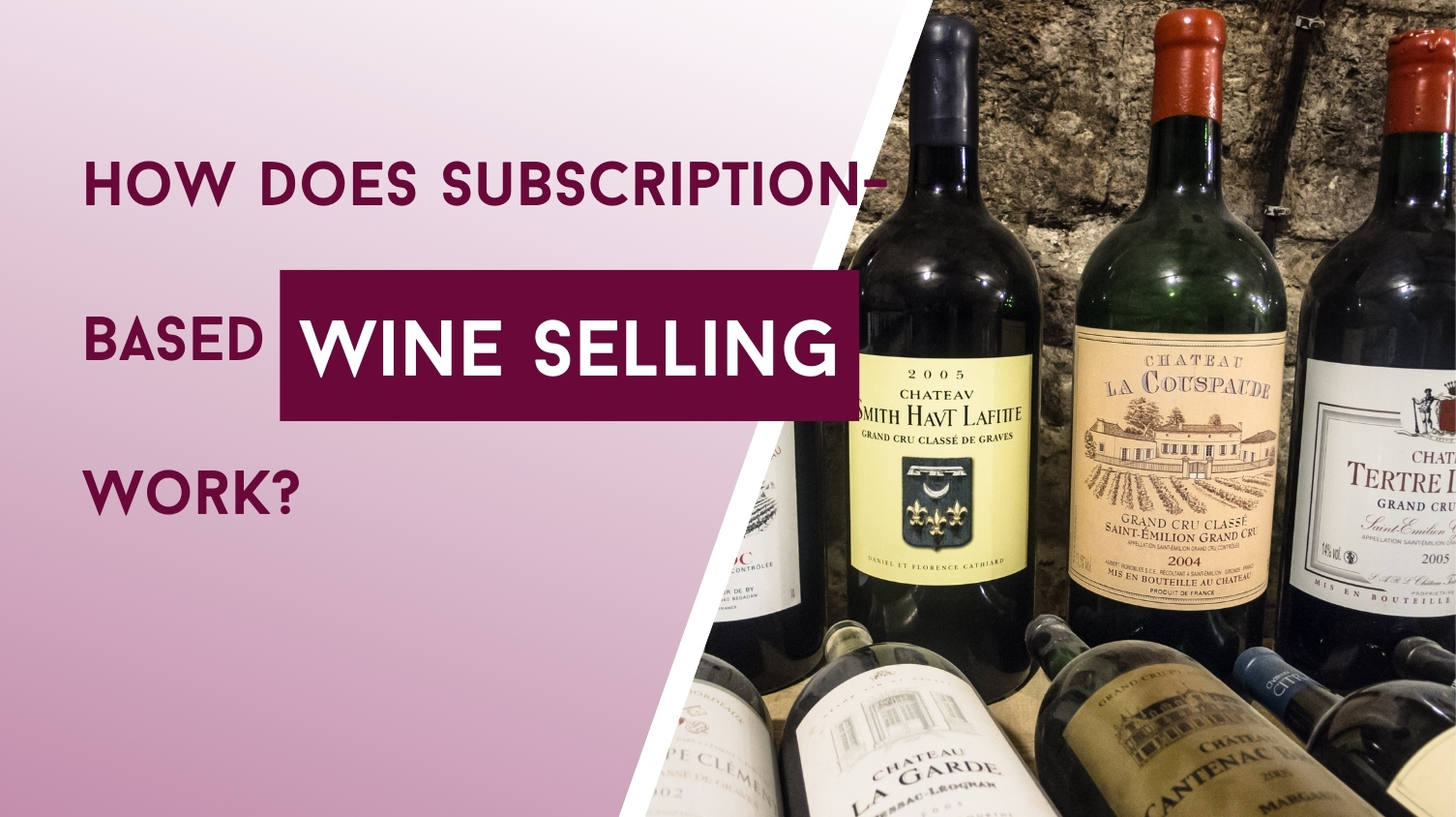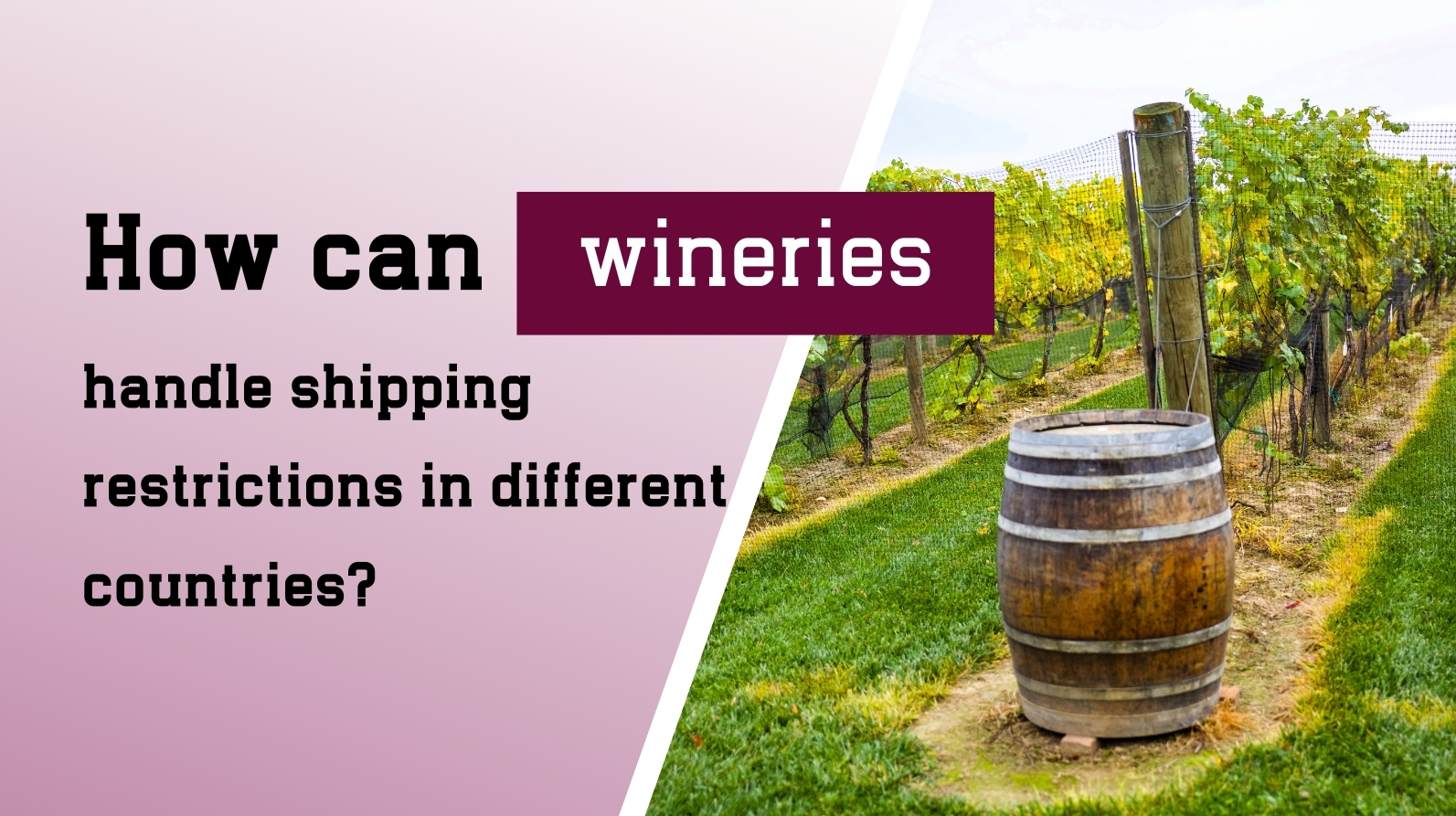The Role of AI in the Wine World

Introduction: The Role of AI in the Wine World
Artificial Intelligence (AI) is helping many industries work smarter—and the wine industry is no different. From choosing the perfect bottle based on your taste to spotting fake wines, AI is making it easier for people to find, buy, and enjoy wine online.
In this article, we’ll look at how AI is used in online wine recommendations and how it helps both wine sellers and wine lovers.
1. Personalized Wine Recommendations
AI can look at your past orders, taste preferences, and even when and how you enjoy wine to recommend the perfect bottle for you.
How It Works
AI collects and studies data from your shopping history, ratings, and preferences. Then it suggests wines that match your taste.
Real-Life Example: Vivino
Vivino is a popular wine app that uses AI to recommend wines based on what you like. The more you use it, the better it gets at picking wines that suit your taste.
This type of personal wine guide helps people find bottles they’ll love, even if they’re new to wine.
2. Making Online Wine Shopping Easier
AI tools are making wine shopping faster and more enjoyable.
Smart Shopping Tools
Some websites and apps ask a few simple questions—like your favorite flavors or food—and use AI to give personalized wine choices.
Examples in Action
Albertsons: This grocery chain uses AI to offer wine suggestions based on customer data, making the shopping process smoother.
Marks & Spencer Wine Finder: Shoppers answer questions about their taste, and the tool recommends wines that match their preferences.
These tools take the guesswork out of choosing wine online.
3. AI for Wine and Food Pairing
Choosing the right wine to go with a meal can be tricky. AI makes it easier.
Smart Pairing Suggestions
AI-powered apps let users enter what they’re eating, and the app suggests the best wine to go with it.
This helps customers enjoy better meals without needing to be wine experts.
4. Checking Wine Quality and Spotting Fakes
AI can even help ensure wine is high quality and real.
How AI Checks Quality
AI systems can look at the chemical makeup of wine during production to make sure it meets quality standards. It can also predict the best fermentation conditions and adjust them in real time.
Stopping Fake Wines
Some AI tools are designed to spot signs of counterfeit wine. By checking for things like unusual ingredients or changes in flavor, AI helps protect buyers from buying fake or low-quality wines.
5. Helping Wineries with Market Insights
AI doesn’t just help buyers—it helps wine producers and sellers too.
Predicting Trends
AI can look at what people are buying and predict what types of wine will be popular in the future.
Better Inventory Planning
Retailers can use AI to know which wines to stock more of and which ones are not selling well. This helps avoid waste and makes sure popular wines are always available.
6. AI in the Winemaking Process
Some wineries are using AI to help create new wines.
Crafting AI-Made Wines
By studying data about flavor, aroma, and what people like, AI can suggest new blends of wine that are likely to be a hit with consumers.
This makes it easier to create wines that match what people are looking for—even if those blends are new or unique.
7. Challenges of Using AI in Wine
While AI brings many benefits, there are a few things to watch out for.
Privacy Concerns
AI tools often collect a lot of personal data. Wineries and wine retailers must protect this data and follow privacy laws to maintain customer trust.
Losing the Human Touch
Some people worry that too much technology can take away from the personal feel of wine shopping. It’s important to combine AI with human expertise to keep wine experiences friendly and authentic.

